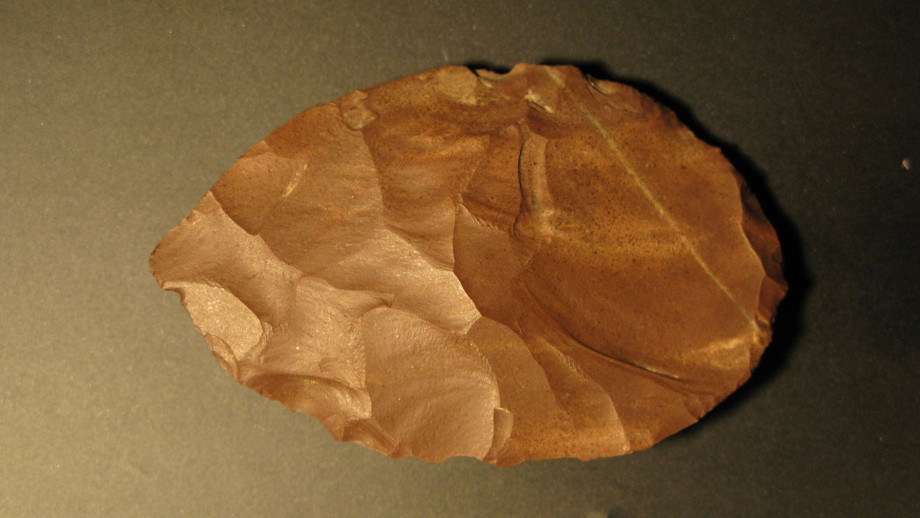Archaeologists found some of the earliest evidence of modern human activity dating back to 50,000 years ago
Some of the earliest evidence of modern human activity dating back to 50,000 years ago, which show dramatically different behaviours during the eras, has been found by archaeologists.
New insight on the transition between Neanderthals and modern humans was revealed by some ancient artifacts, including stone tools, weapons, and an engraved stone bead dating back to 50,000 years. The discovery was made by archaeologists excavating a cave in the Moravian region of the Czech Republic. According to researchers the artifacts were found alongside more than 20,000 animal bones and represent some of the earliest evidence of modern human activity in the region, DailyMail reports.
Ten sedimentary layers accounting for 28,000 to 50,000 years ago were analyzed by the archaeologists from the Australian National University and the University of Sydney. Scientists say that the sedimentary layers from the ancient cave show the signs of dramatically different behaviours, marking a change in movement patterns or even in species. According to them, this is when modern human ancestors arrived in Europe.

“In the early layers the items we’ve found are locally made flakes, possibly used by small communities living and hunting in the vicinity to kill animals or prepare food, but around 40,000 years ago we start to see objects coming from long distances away,” said ANU archaeologist Dr Duncan Wright.
“Dating from this same time we unearthed a bead made from mammal bone. This is the oldest portable art object of its type found anywhere in central Europe and provides evidence of social signalling, quite possibly used as a necklace to mark the identity of the wearer”.
“So between these two periods, we’ve either seen a change in behaviour and human movement or possibly even a change in species.”
All Europeans are Belgians, according to a recent study
The sedimentary layers indicate that people were moving father distances, and bringing portable art around with them.
“We’ve found that somewhere between 40-48,000 years ago people became highly mobile,” says Ladislav Nejman.
“Instead of moving short distances near the cave where they lived, they were walking for hundreds of kilometers quite often. We know that because we found various artifacts where the raw material comes from 100-200 kilometres away. The artifacts were also made of different materials from different regions. Some from the North-West, some from the North, some from the East.”
Still, the humans in the area weren’t always so mobile, given that, in the tenth layer, from 48-45,000 years ago, the researchers discovered that the stone artifacts were all made from local raw materials, suggesting that further exploration of the area came later on.
“The climate changed quite often from warmer to colder, and vice versa, but at all times it was much colder than the interglacial period that we have lived in for the past 10,000 years,” said Dr Nejman.
This new understanding will help to better pinpoint the period of transition between the two species of humans, according to researchers, and, it also sheds light on the little known activities of our modern human ancestors.